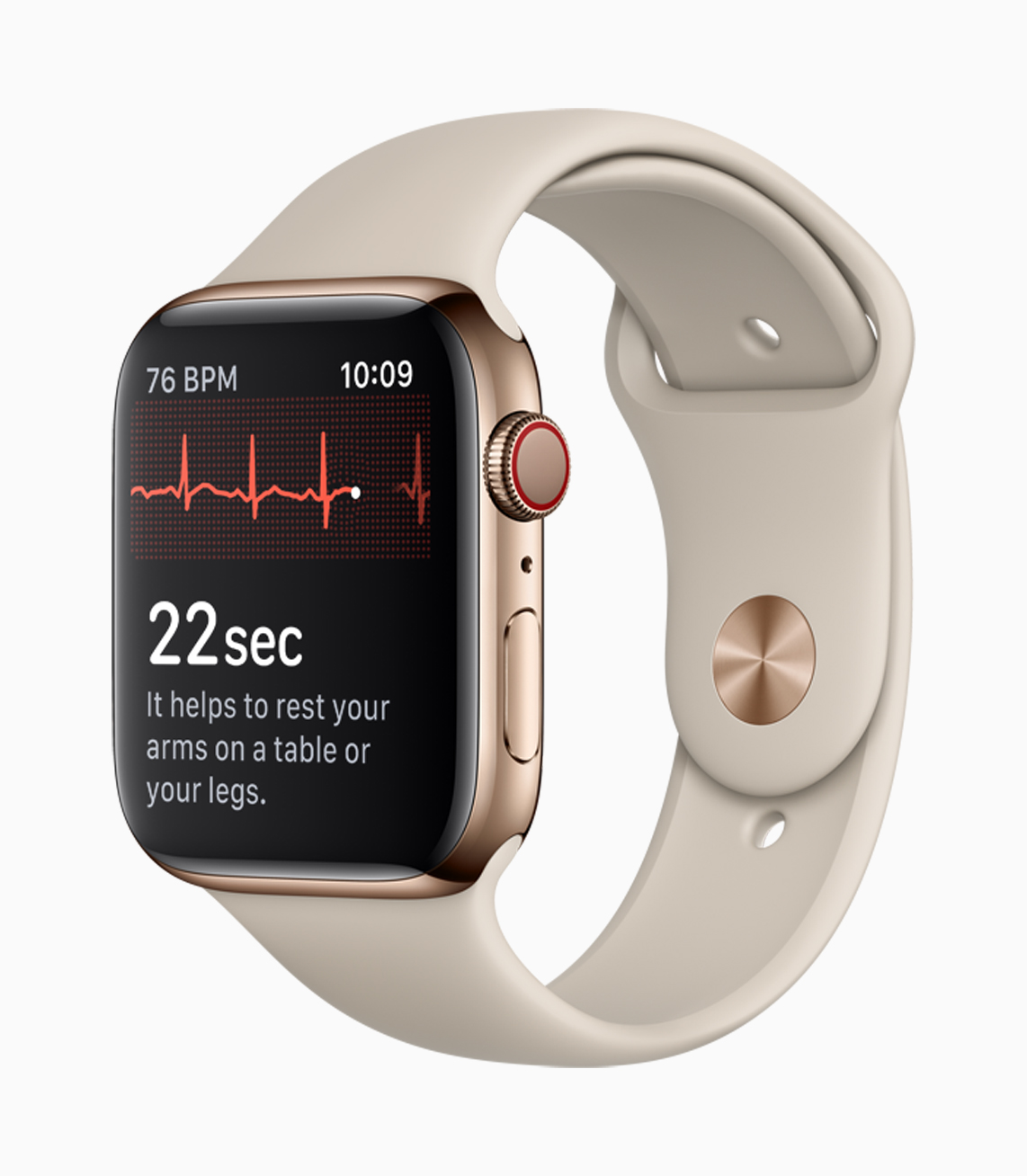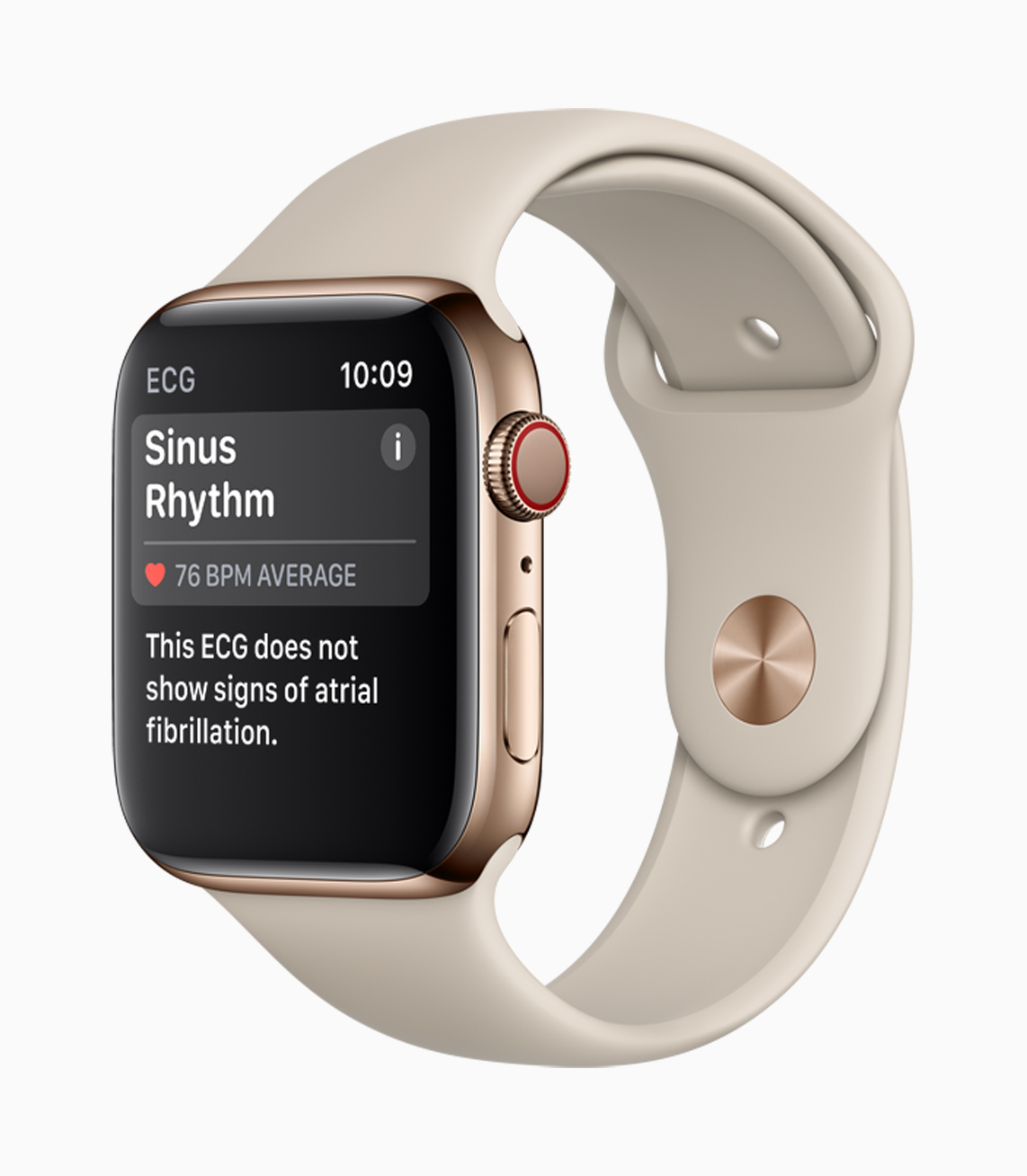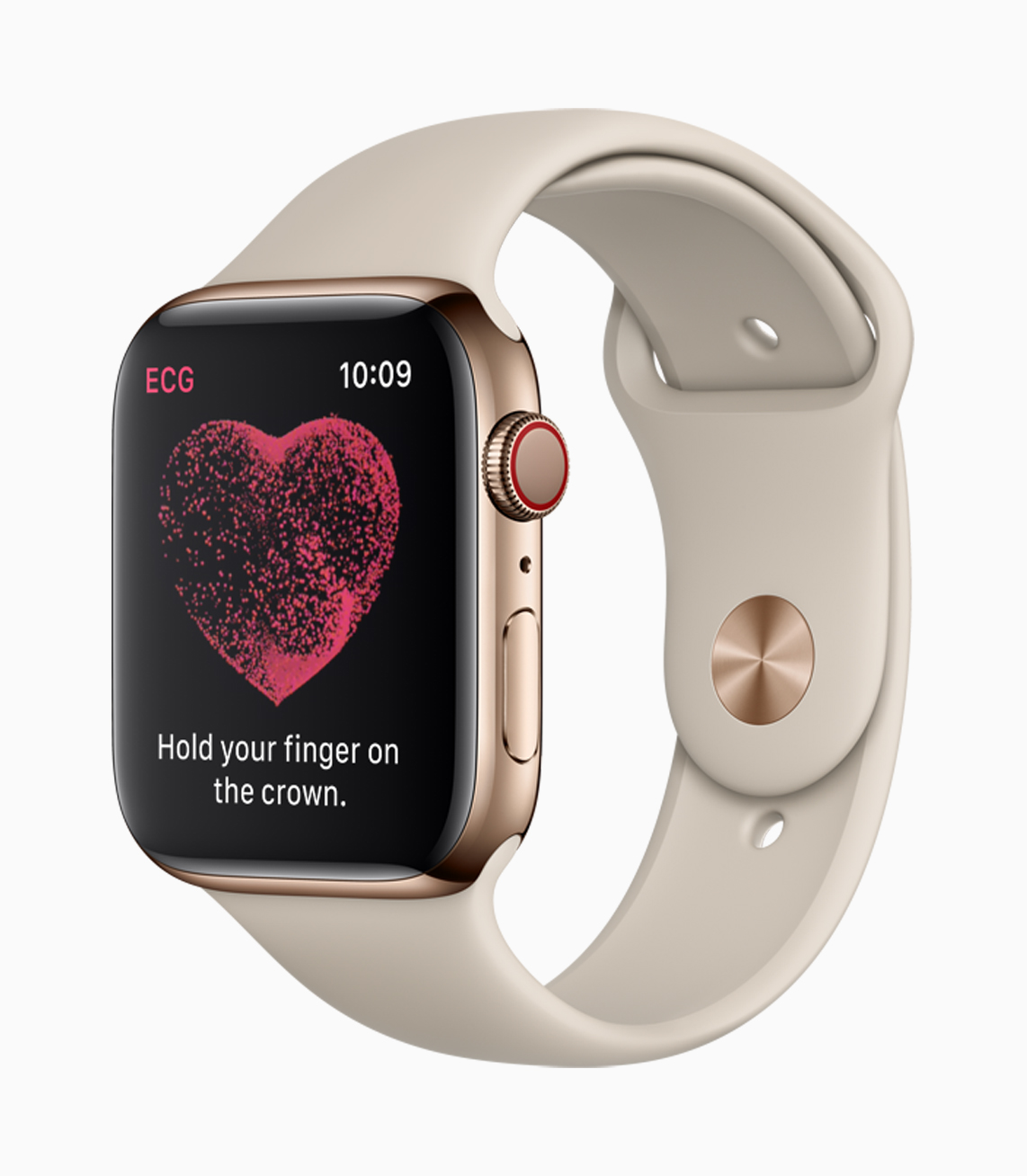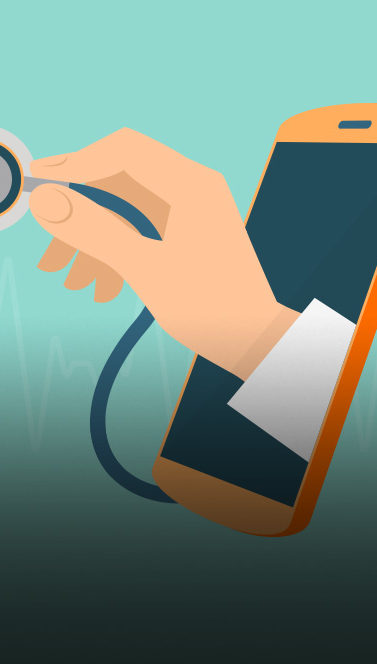Are Fit Devices Wearable Physicians?
- 09.13.18
- 4 Min Read
When we saw Apple’s new tech releases this week, we were pretty impressed by the heart health monitoring functionality of their new watch. While most of us would agree heart health is important, that won’t stop 735,000 Americans from having heart attacks this year alone. As the first consumer device to receive FDA approval for ECG (echocardiogram) monitoring, Apple is empowering consumers to take charge of their heart health. They certainly aren’t the first tech company to tackle wearables but their newest release has us excited about where the industry is headed.
Wearables have long been used for counting steps and reminding you to get up and move, but the real benefits come from some of the more complex features. As wearable technology advances, tracking has moved beyond the basics of exercise. Consumers are now able to use fitness tracking technology to stay on top of their everyday health and wellbeing by monitoring their heart rate, blood pressure, calories burned, quality of sleep and much more.

Consumers – and physicians – have long questioned the accuracy of all the data collected by wearables. Can wearables be trusted as though they are medical devices? Before yesterday, that answer was a resounding “no.” Yet Apple is looking to change the game with FDA approval and the glowing approval of the American Heart Association.
Unfortunately for physicians, while the rise of wearables and the increase in their capabilities is giving patients the ability to take control of their health like never before, a few challenges are far from resolved. One of the biggest hurdles physicians encounter is not knowing what to do with all the data a fit device tracks or how to educate patients on that same data. The power of an ECG monitor, heart rate tracker and irregular rhythm indicator on your wrist is incredible – but only if you know how to use them. We’ve all made the mistake of researching our symptoms and diagnosing ourselves with something far more serious than we actually have. This same misdiagnosis may come from an abundance of heart health information consumers simply aren’t prepared to understand.
For many devices, comparison of metrics tracked has become nearly impossible. There are so many factors that contribute to each user that standards simply aren’t set for things like how many steps a person should take in a day. A further complication is the lack of standardization among device manufacturers for the various algorithms that calculate metrics such as sleep quality. Since this data is open to a wide variety of interpretations, a fair number of doctors will opt out of basing a patient’s healthcare decisions off the incomplete information available from a fitness tracker. As technology continues to improve, this will become less of an issue. We can already see Apple using more standardized – and widely accepted – metrics such as ECG readings, heart rate and irregular heartbeat detection. Since these terms and numbers are familiar to physicians and many consumers, adoption has the potential to be quite seamless.



The real future of wearables for healthcare lies not in the everyday fit device but in medical grade wearable technology. Some of these devices already exist, and their capabilities are life changing. In the case of the new Apple Watch, we see an excellent blend of technical innovation and medical advancement.
The key to success with these medical devices is the extreme accuracy with which they deliver results physicians can act upon. As wearables continue to increase in popularity and strides are made toward medically accurate tracking, fit devices will help physicians keep their patients healthier in their everyday lives. For now, keep getting all your steps in – but don’t skip your annual physical just yet.






